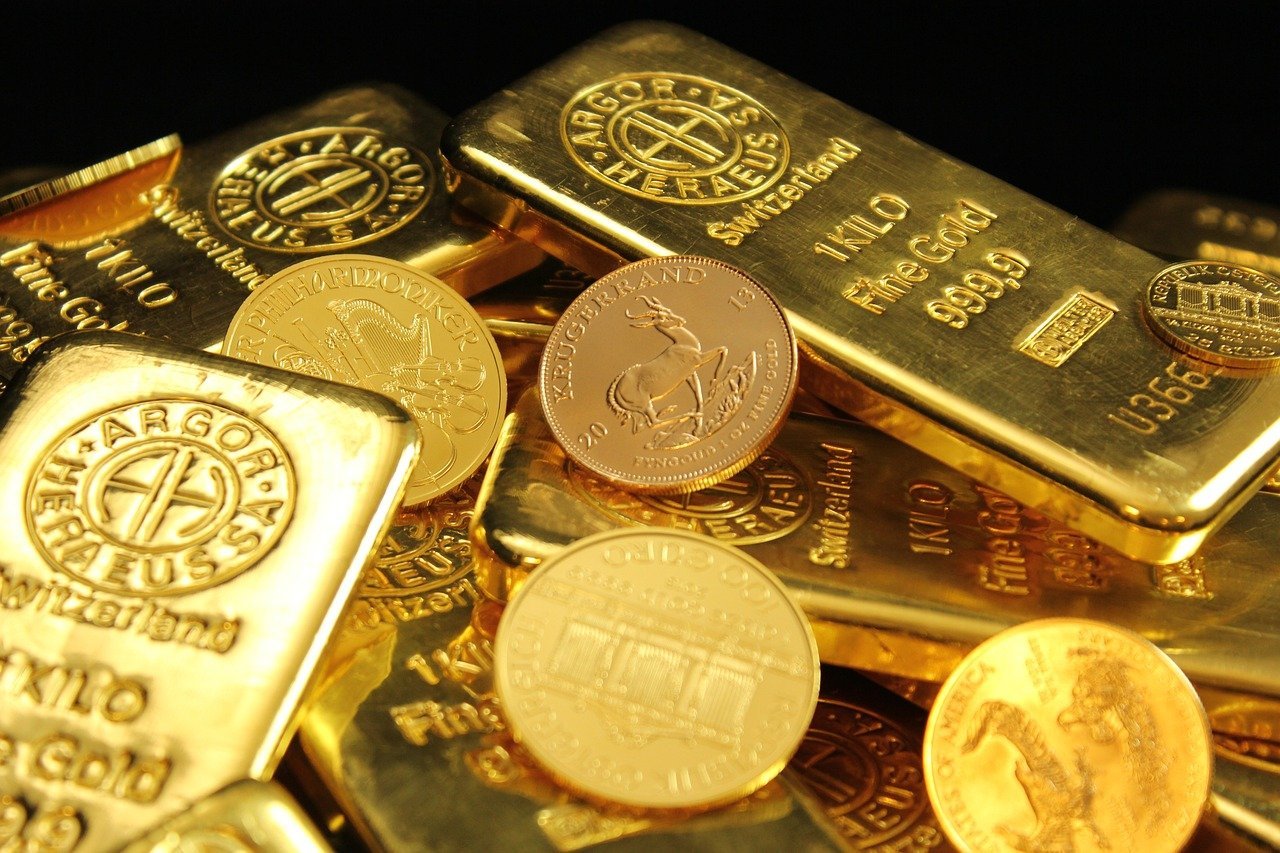In today’s volatile financial landscape, investors are constantly searching for ways to protect their wealth. Precious metals in diversifying investment portfolios have long been a trusted strategy to reduce risk and enhance stability. Unlike traditional assets, such as stocks and bonds, precious metals like gold and silver often move independently, offering a hedge against economic downturns. With inflation concerns and market fluctuations on the rise, adding these assets to your portfolio can provide a much-needed safety net.
Why Diversification Matters in Investment Strategy
Diversification is a fundamental principle in investment. By spreading investments across different asset classes, investors reduce their exposure to any single market downturn. Traditional portfolios heavily rely on stocks, bonds, and real estate, but these assets can be vulnerable to economic crashes and inflation.
Precious metals in diversifying investment portfolios serve as a counterbalance. When the stock market dips, gold and silver often rise in value. This inverse relationship helps stabilize portfolios and mitigate losses, making metals an attractive option for risk-averse investors.
How Precious Metals Act as a Hedge Against Inflation
Inflation erodes the value of money over time, making it critical to invest in assets that retain purchasing power. Gold and silver have historically preserved value, even during periods of high inflation.
When inflation spikes, central banks often devalue currencies through policies like quantitative easing. This weakens the purchasing power of cash-based assets. Precious metals, however, tend to appreciate in these scenarios, providing investors with a hedge against economic instability.
The Performance of Gold and Silver During Market Crashes
Financial crises have repeatedly demonstrated the resilience of precious metals in diversifying investment portfolios. During the 2008 financial crisis, gold prices surged as investors sought safe-haven assets. Similarly, in 2020, when markets crashed due to the COVID-19 pandemic, gold reached record highs.
Silver also performs well during financial instability, though it can be more volatile than gold. Industrial demand for silver adds another layer of value, ensuring its long-term relevance in diverse economic conditions.

Comparing Precious Metals to Traditional Assets
Unlike stocks and bonds, precious metals are tangible assets with intrinsic value. They do not rely on corporate performance or government policies to maintain worth. This makes them particularly useful during geopolitical tensions, currency devaluation, or financial crises.
Additionally, precious metals are highly liquid, meaning they can be easily converted into cash when needed. Unlike real estate, which can take months to sell, investors can quickly trade gold and silver, offering flexibility in uncertain markets.
Best Precious Metals for Investment Diversification
Investors can choose from various metals to strengthen their portfolios. The most popular options include:
- Gold – The ultimate safe-haven asset with a strong history of holding value.
- Silver – More affordable than gold with high industrial demand.
- Platinum – Used in industries like automotive and jewelry, offering potential growth opportunities.
- Palladium – A high-demand metal primarily used in industrial applications, often more valuable than gold.
Each of these metals provides unique benefits, making them valuable additions to a well-balanced investment strategy.
How to Invest in Precious Metals
There are several ways to include precious metals in diversifying investment portfolios:
- Physical Bullion – Buying gold and silver coins or bars ensures direct ownership of the asset.
- Exchange-Traded Funds (ETFs) – Allows investment without physical storage concerns.
- Mining Stocks – Investing in companies that extract precious metals can provide high returns.
- Futures and Options – Advanced investment strategies for traders looking to capitalize on price movements.
Each method comes with different risk levels and storage requirements, so investors should choose based on their financial goals and risk tolerance.
Strengthening Your Portfolio with Precious Metals
In times of economic uncertainty, relying solely on traditional assets can be risky. Precious metals in diversifying investment portfolios provide protection against inflation, financial crises, and market volatility. Their stability, intrinsic value, and liquidity make them a powerful hedge against economic downturns.
Whether you are a seasoned investor or just starting, incorporating precious metals into your portfolio is a strategic move toward long-term wealth preservation. As history has shown, these assets not only survive financial turmoil—they thrive in it.

